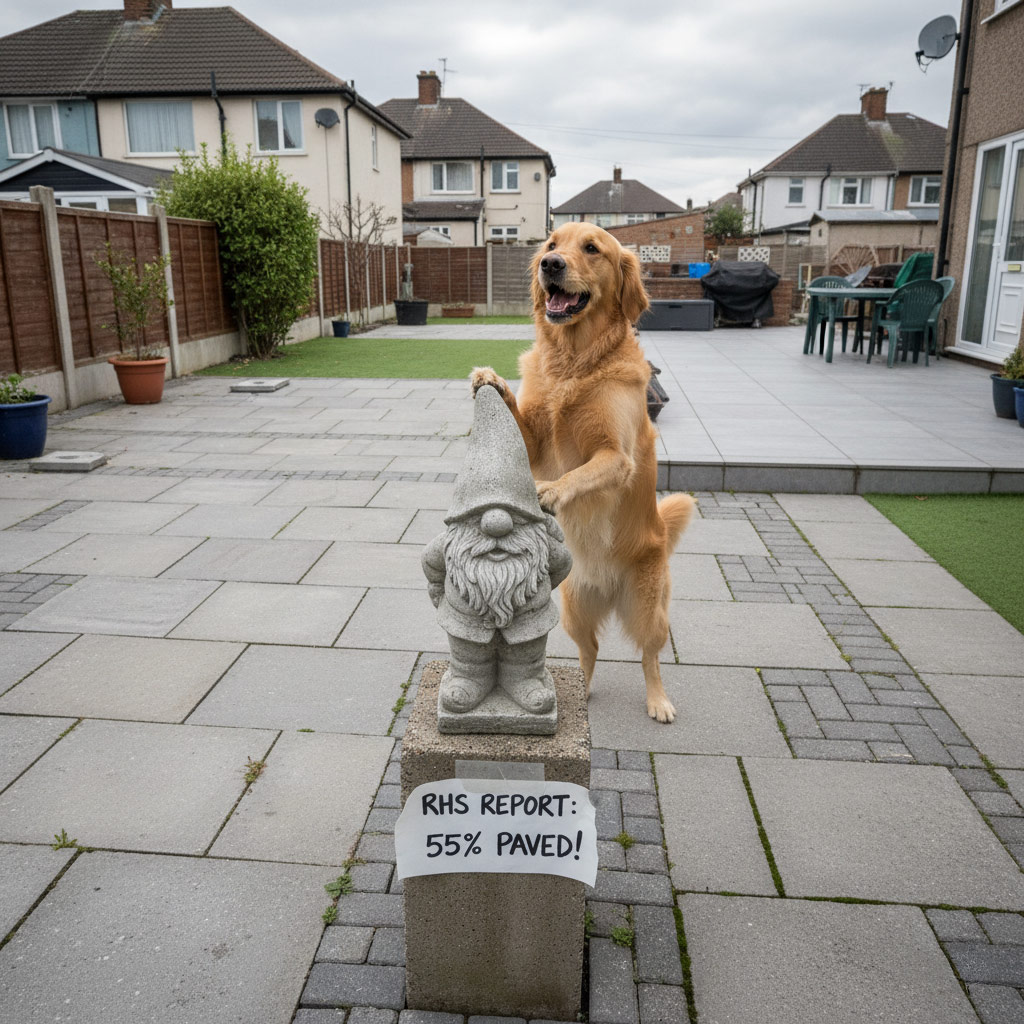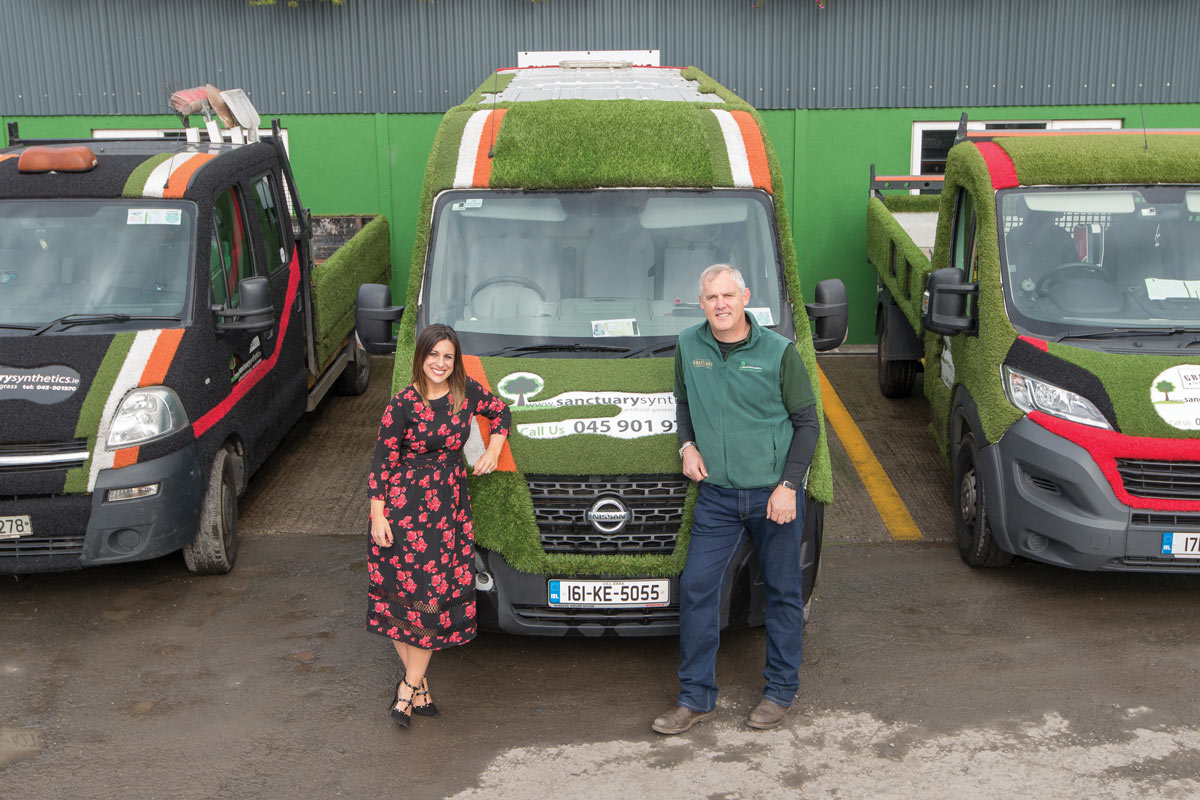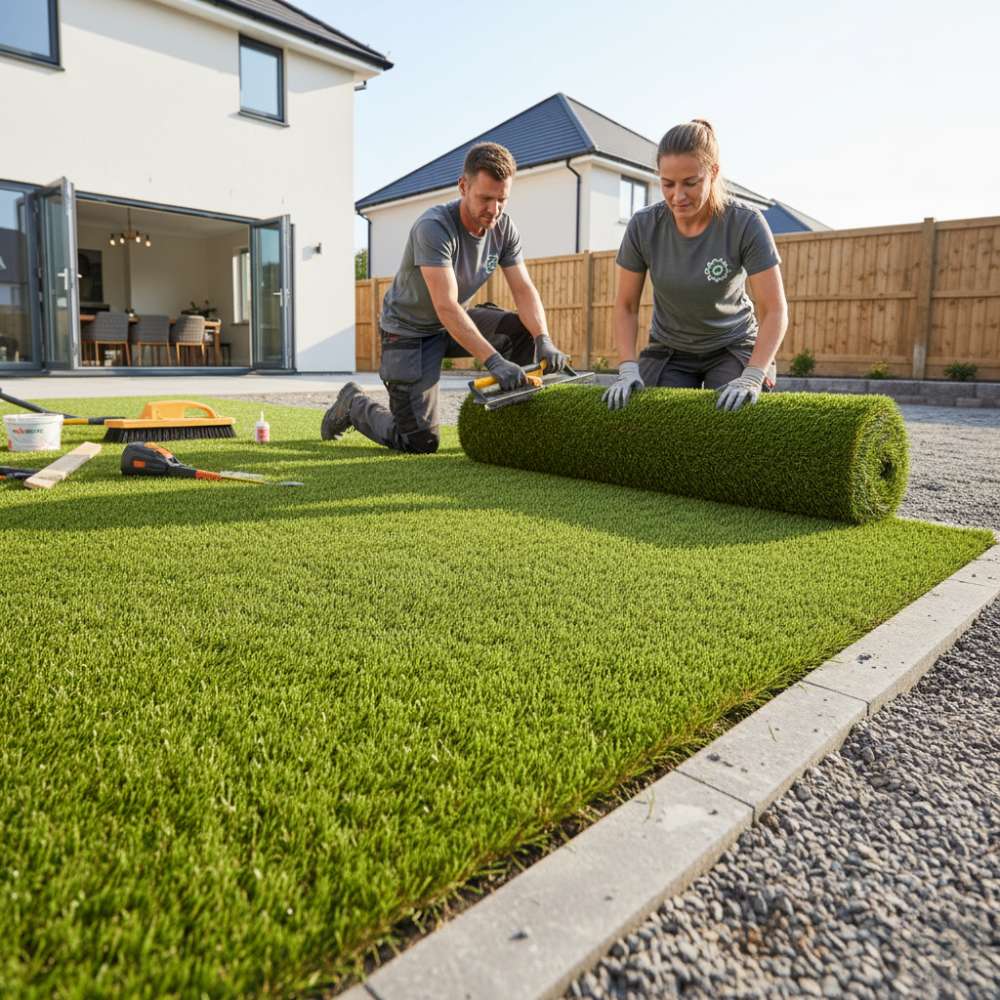
When you envision a new lawn, you might still picture older, less-realistic synthetic options. However, today’s artificial grass is a marvel of modern engineering, a far cry from its predecessors. Understanding how it’s meticulously manufactured is key to appreciating its true value and why it can genuinely transform your outdoor space.
At its core, premium synthetic turf starts with high-quality plastic pellets, typically polypropylene. These are precisely blended with UV stabilizers and custom dyes – a critical step that ensures your lawn stays vibrant, naturally colored, and resists fading under the sun’s harsh rays for many years. This mixture is then heated and extruded through specialized moulds, creating individual fibers with unique shapes and varying thicknesses. This intricate process is what gives the grass its remarkably realistic appearance and soft touch underfoot, while also dictating its “bouncebackability” – how well the blades recover after being compressed.
For homeowners and contractors alike, a crucial insight emerges: thicker and wider individual fibers directly translate to superior durability and better long-term performance, especially in high-traffic areas. In a market unfortunately “swamped with often poor quality grasses made from cheap yarn”, knowing these manufacturing details empowers you to select a product that truly delivers. Choose wisely; a well-engineered synthetic lawn is a smart, lasting investment, offering beauty and convenience without the endless chores of natural grass.

Mark O’Loughlin is the founder and owner of Sanctuary Synthetics, Ireland’s leading supplier and installer of artificial grass. With over 25 years of experience in landscaping and more than 20 years at the helm of Sanctuary, Mark is a recognised authority on artificial lawns, play surfaces, and sustainable landscaping solutions. Through TheFakeGrassMan.com, he offers expert insights drawn from decades of hands-on experience in transforming Ireland’s outdoor spaces.


